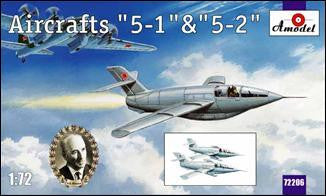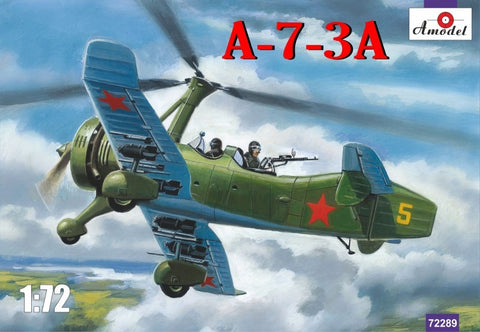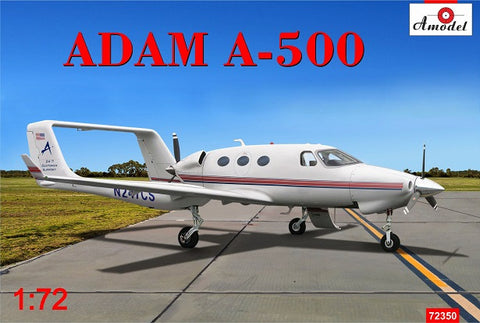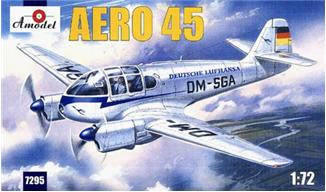
Roden Aircraft 1/72 Fokker D VIIF (Late) WWI German Biplane Fighter Kit
This Product Usually Ships In 2-3 Business Days
ROD-31Early-build's Fokker D.VII began arriving to the Front at the end of March 1918. Quantity of the new type was minimal and these D.III assigned one each single Jasta (hunting squadrons). Usually, D.VII intended for best aces and most experienced pilots. Manfred von Richthofen received his own D.VII on April but he preferred his "Lovely" Dr.I - probably, this decision was fatal just be fore the day of death.
In July 1918 more than thirty Jastas operated this type, total account of D.VII on the Front was 407 aircrafts. First combat experience proved that D.VII is the best among all fighters of this time: D.VII was better than any allied fighter in all performances expert maximum speed. Construction was very strong - some aircrafts returned after the battle without struts or cables!
775 planes of this type reached to the Front till November 1918. Majority of them was equipped with more reliable and powerful Mercedes D.IIIau or BMV IIIa engines.
More than 3000 Fokker D.VII were built in total only in Germany; about 200 aircrafts, powered 200 h.p. Austro Daimler engine, were built in Austria Hungary under License. After the war Holland built D.VII, many aircrafts reached to Belgium some planes in Denmark, Czechoslovakia, Lithuania and others. Soviet Russia purchased 50 aircrafts. Confiscated D.VII delivered to the USA, used in many "aero circus" as well as on the Hollywood movies.
Reparation of the Fokker D.VII as the best fighter of Great War was confirmed in article IV of Versailles Treaty about Armistice: "… surrender in condition by the Germans armies of the following war material: … 1700 airplanes, fighters, bombers - firstly, all of the D-7's - and all the night bombing machines …".
These lines fully reflecting the characteristics one of the best WWI planes which become symbol of most advanced achievements and engineer of genius by Anthony Fokker.
In July 1918 more than thirty Jastas operated this type, total account of D.VII on the Front was 407 aircrafts. First combat experience proved that D.VII is the best among all fighters of this time: D.VII was better than any allied fighter in all performances expert maximum speed. Construction was very strong - some aircrafts returned after the battle without struts or cables!
775 planes of this type reached to the Front till November 1918. Majority of them was equipped with more reliable and powerful Mercedes D.IIIau or BMV IIIa engines.
More than 3000 Fokker D.VII were built in total only in Germany; about 200 aircrafts, powered 200 h.p. Austro Daimler engine, were built in Austria Hungary under License. After the war Holland built D.VII, many aircrafts reached to Belgium some planes in Denmark, Czechoslovakia, Lithuania and others. Soviet Russia purchased 50 aircrafts. Confiscated D.VII delivered to the USA, used in many "aero circus" as well as on the Hollywood movies.
Reparation of the Fokker D.VII as the best fighter of Great War was confirmed in article IV of Versailles Treaty about Armistice: "… surrender in condition by the Germans armies of the following war material: … 1700 airplanes, fighters, bombers - firstly, all of the D-7's - and all the night bombing machines …".
These lines fully reflecting the characteristics one of the best WWI planes which become symbol of most advanced achievements and engineer of genius by Anthony Fokker.








